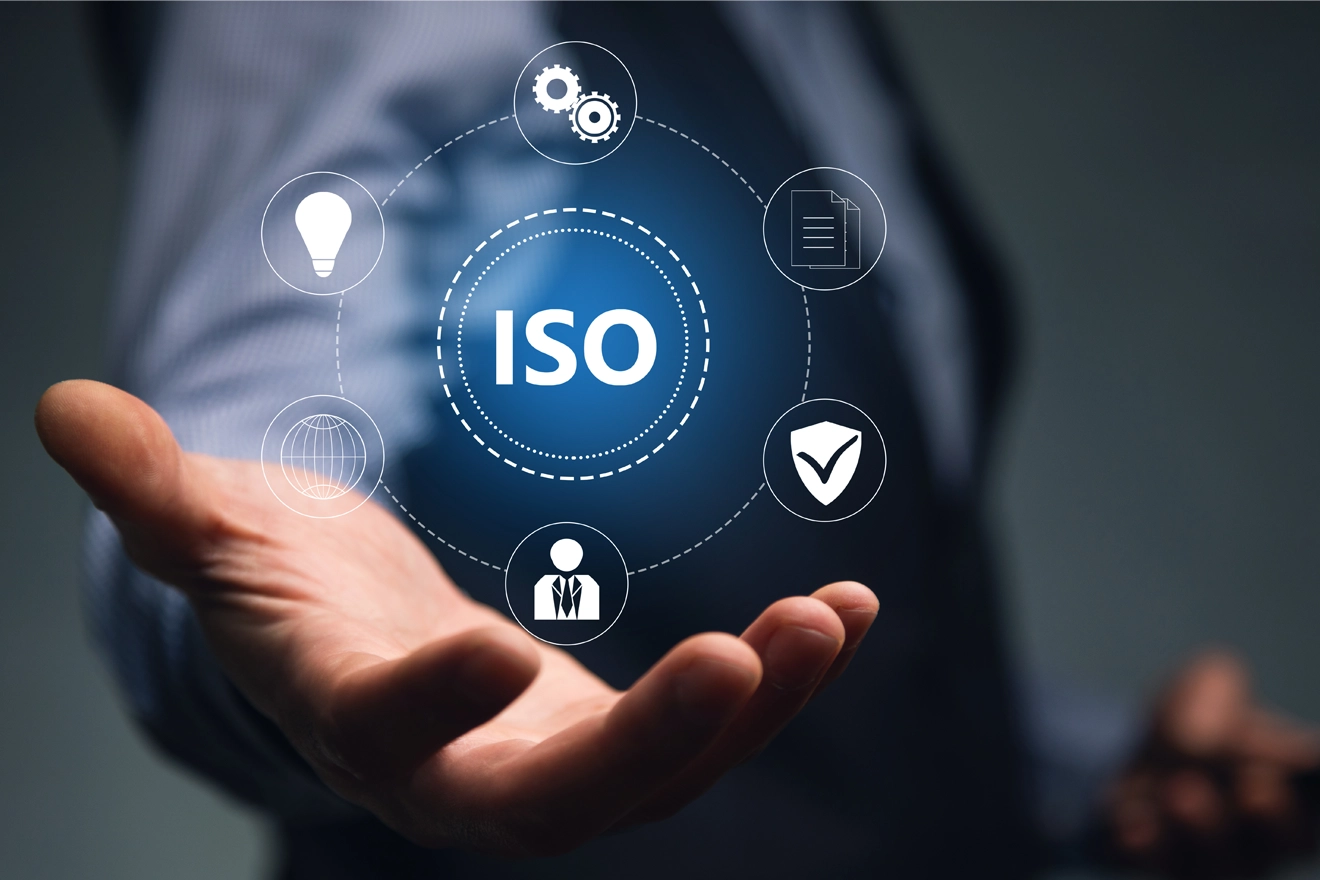
Maintaining a Quality Management System (QMS) is the foundation to demonstrate Regulatory compliance in the medical devices industry. QMS is a structured system of procedures and processes, covering all the aspects of design, manufacturing, risk management, supplier management, complaint handling, clinical data, storage, distribution and product labeling of medical devices. To meet the comprehensive QMS requirements, there is a need to adapt to the ISO 13485 international standards.
Derived from the internationally recognized and accepted ISO 9000 quality management standard series, ISO 13485 is a stand-alone QMS standard, which is an effective solution to measure the safety and effectiveness of medical devices and meet the related Regulatory requirements. How to align with the ISO 13485 standard? What are its key elements? Let’s delve into the details.
1. Scope of Plan: It describes the purpose and use of the standard and defines the range of risk management activities for all the products within the risk management plan. The scope of the plan should include:
- Defining the QMS and product
- Describing the intended use of the product
- Explaining the purpose of the risk management process and reference related SOPs for formal risk management within the organization
2. QMS: This section outlines the general and documentation requirements of a medical device, which includes, Quality Manual, Document Control, Medical Device File and Control of Records. The best practice for managing a QMS is continual monitoring of its effectiveness, by establishing key performance indicators for the processes within the QMS. This can be achieved by applying the Deming Cycle methodology, which includes, Plan-Do-Check-Act (PDCA) elements.
A quality manual includes describing the scope of your QMS, listing the QMS procedures, describing the interactions of QMS processes and outlining the structure of QMS documentation.
Document control includes reviewing and approving of documents before use, revising the documents and identifying the changes and ensuring that the current versions are available, where needed.
A medical file should consist of the description of the product and its intended use, product labeling and instructions for use, product specifications, specifications and procedures for manufacturing, labeling, packaging, storage, handling, distribution and inspection, specifications for measuring and monitoring and specifications and procedures for product installation and servicing, if applicable.
Control of records includes maintaining the integrity of records and establishing the procedures for the maintenance of documents and records.
3. Management Responsibility: In this section, the top management of every organization is required to be instrumental in implementing and maintaining the QMS. Every member of the organization must have defined roles and responsibilities for managing, performing and verifying the QMS. It includes QMS planning, quality policy, responsibility, authority and communication and management review.
4. Resource Management: To run a successful business and with respect to QMS, it is important to have efficient resources, which include, people, infrastructure, processes, work environment, HR and contamination control. No matter how you implement and deploy your QMS, lack of right resources will hamper your QMS compliance.
5. Product Realization: This section describes all the aspects required to realize a product, right from planning, designing and manufacturing to implementing and supporting the development of a medical device. It includes planning, customer-related processes, design and development, purchase, production and service provision and control of monitoring and measuring equipment.
6. Measurement, Analysis and Improvement: To maintain the QMS effectively and monitor proper functioning of QMS, this section must include assessing customer satisfaction, adverse event handling, internal audits, monitoring and measurement of products and processes, data analysis and Corrective And Preventive Actions (CAPA).
Henceforth, medical device manufacturers must align with the aforementioned key elements to achieve QMS compliance and ensure the quality, safety and efficiency of a medical device. While maintaining the right QMS, to avoid the challenges posed by the ISO 13485 standards, get in touch with a Regulatory expert. Stay informed. Stay compliant.









